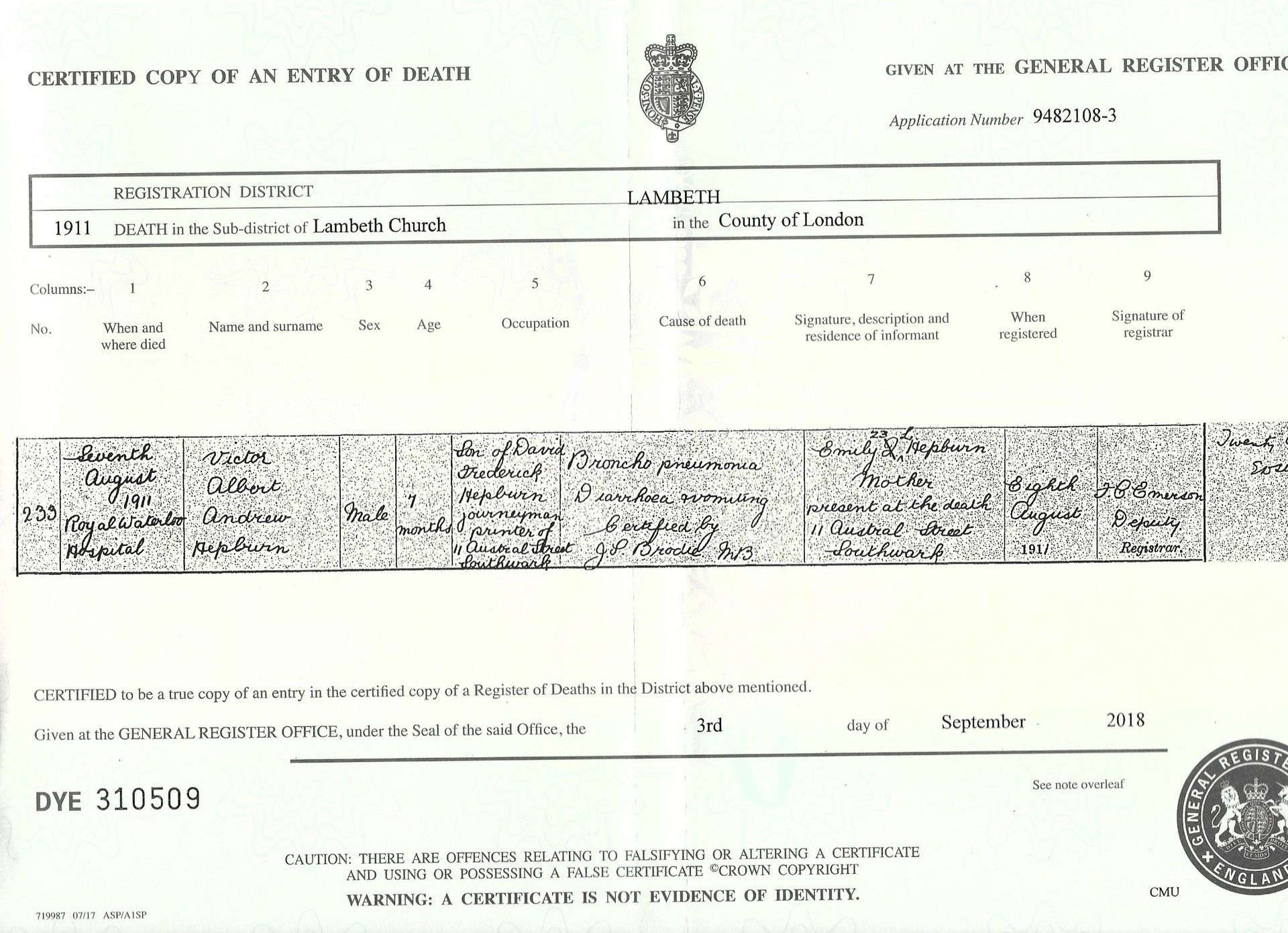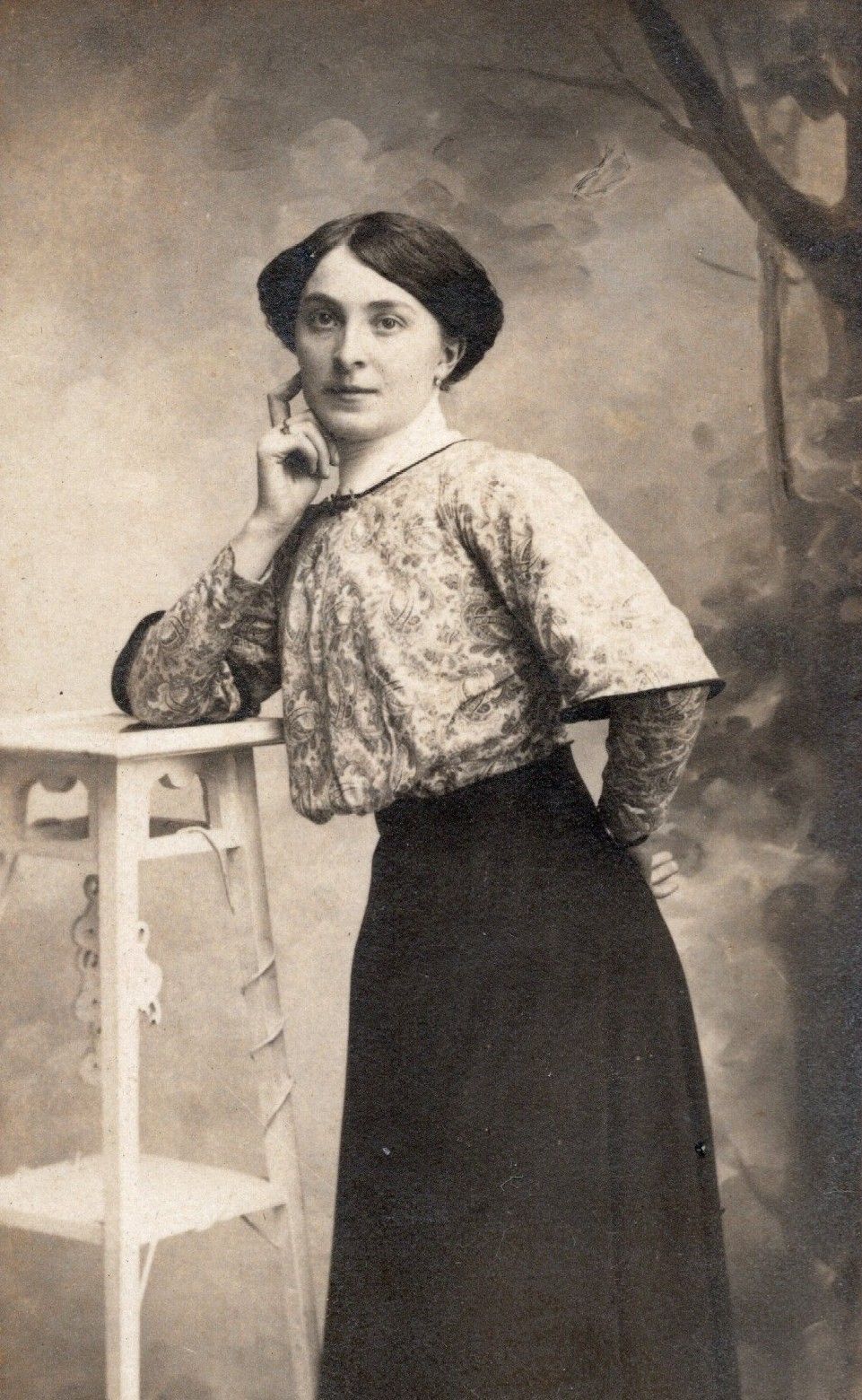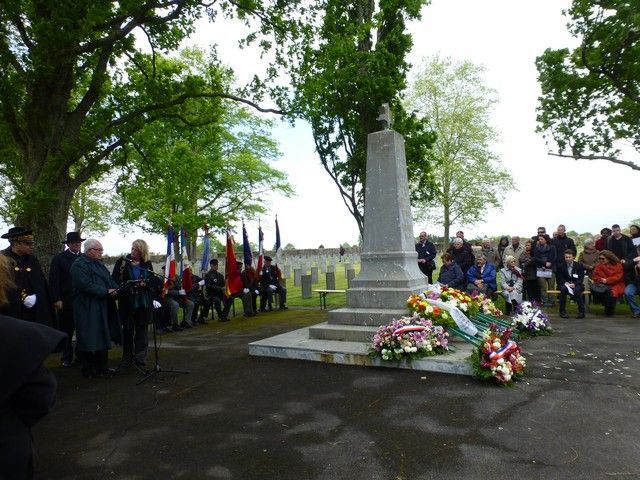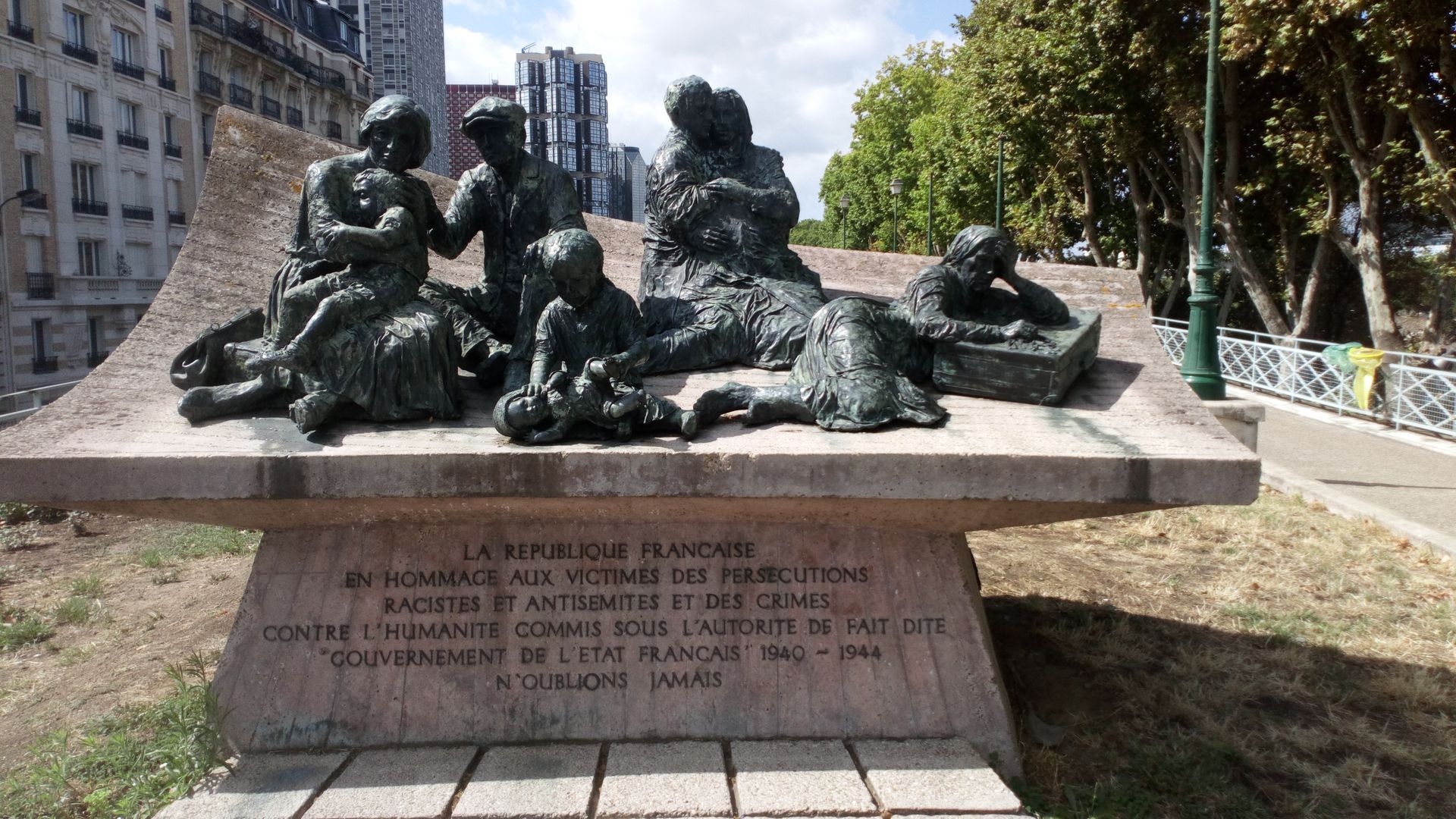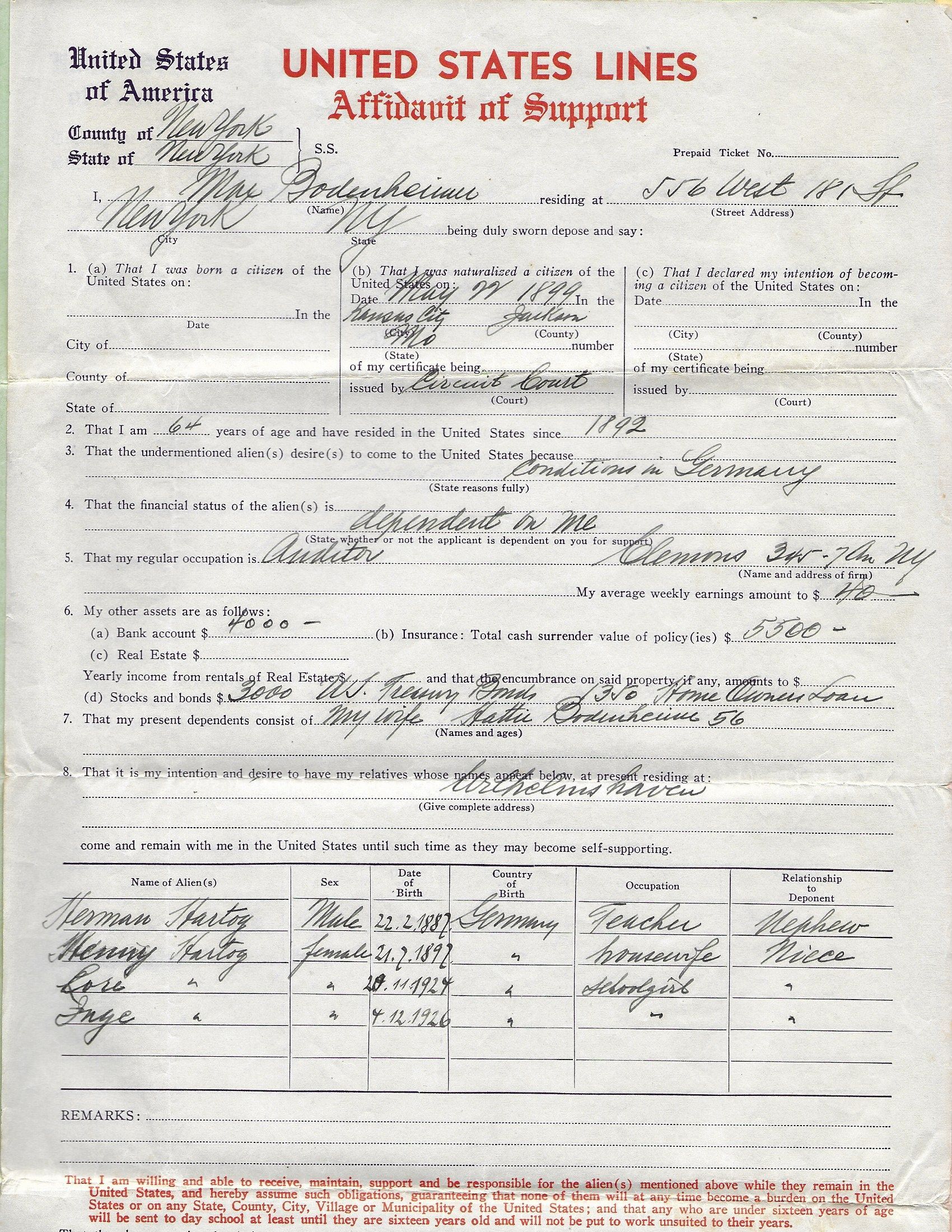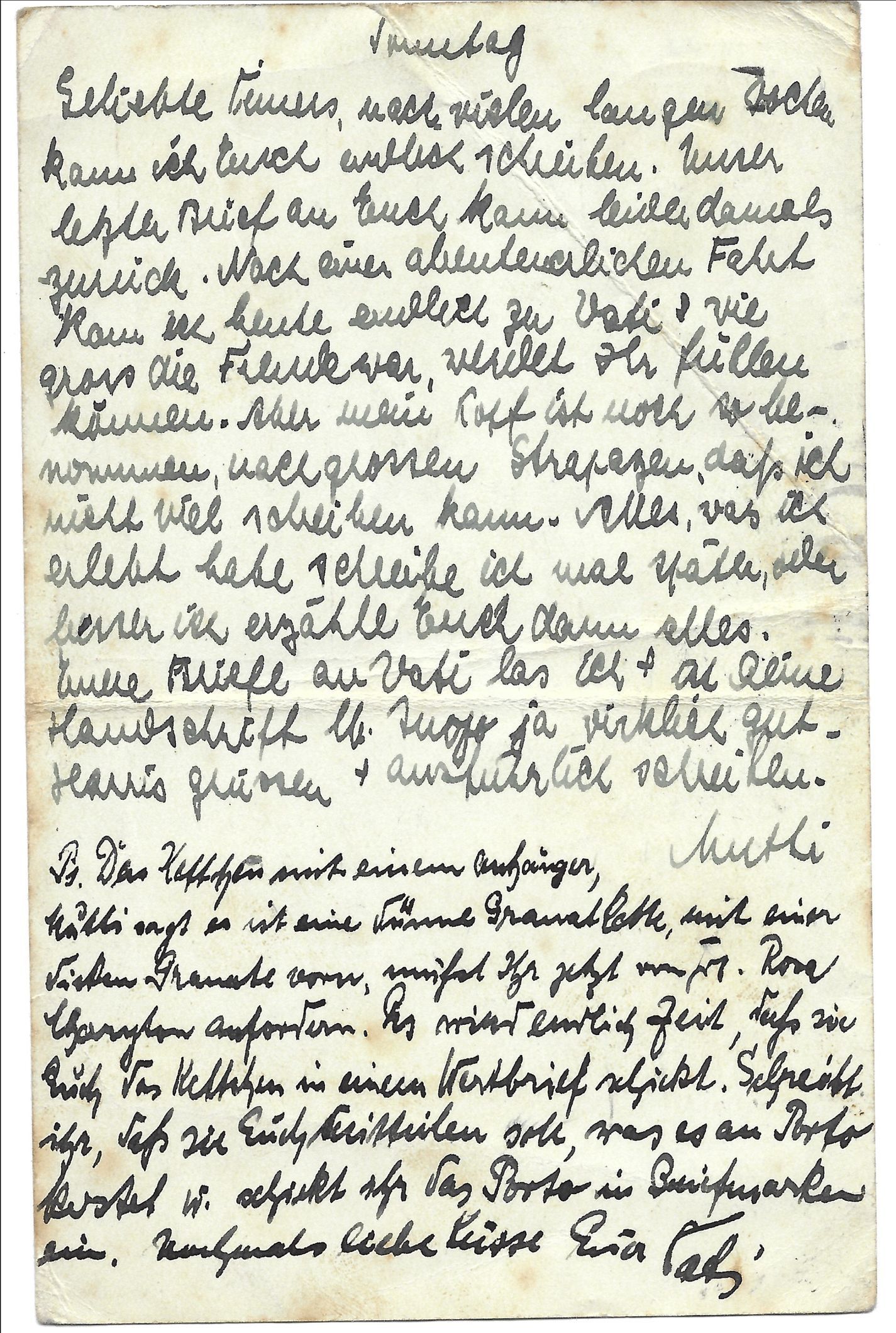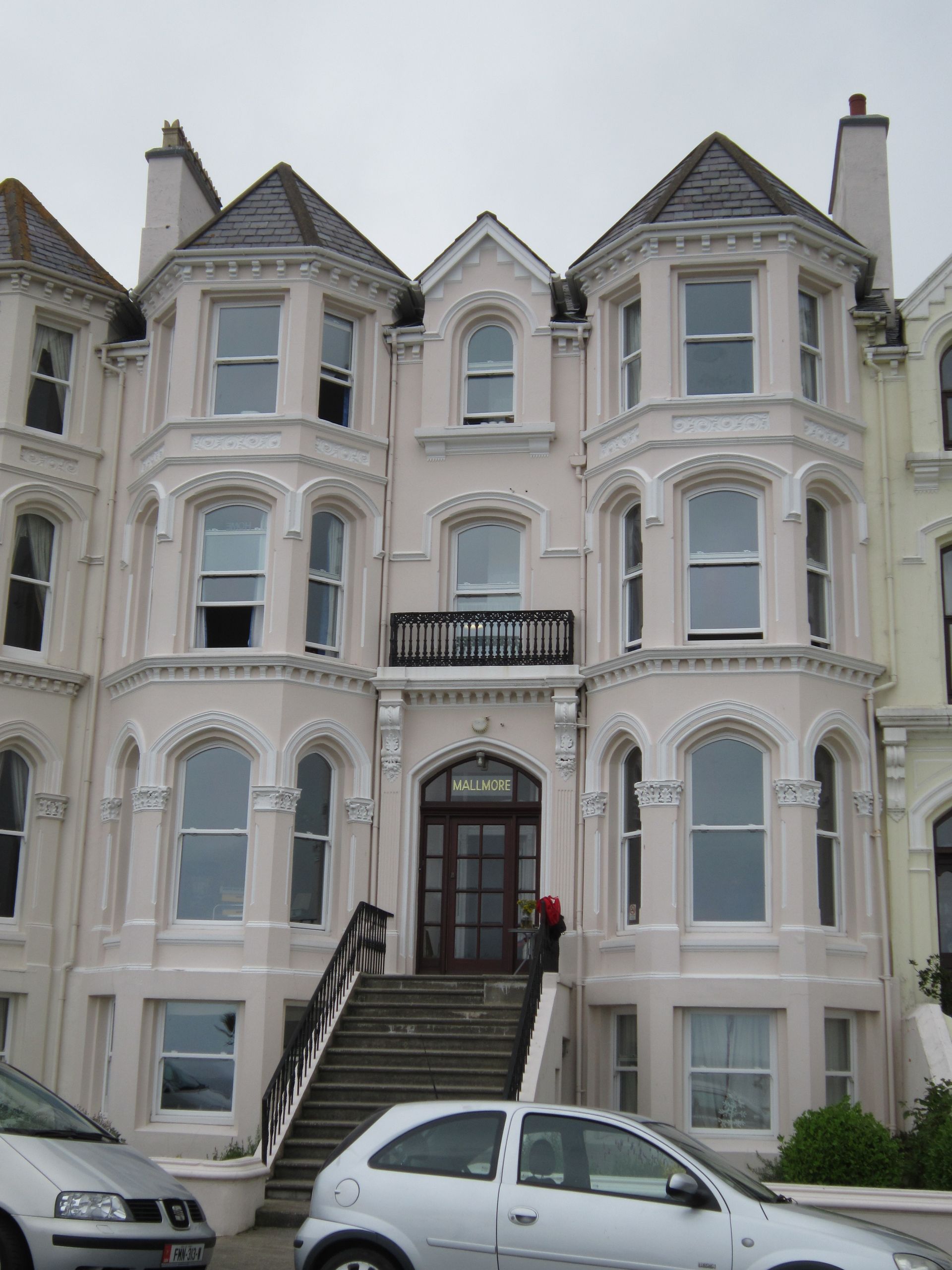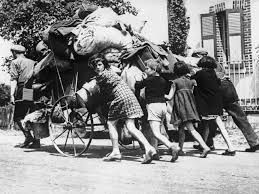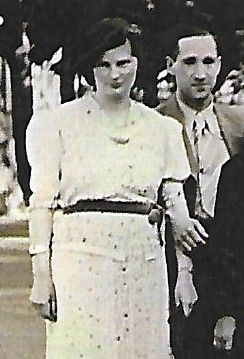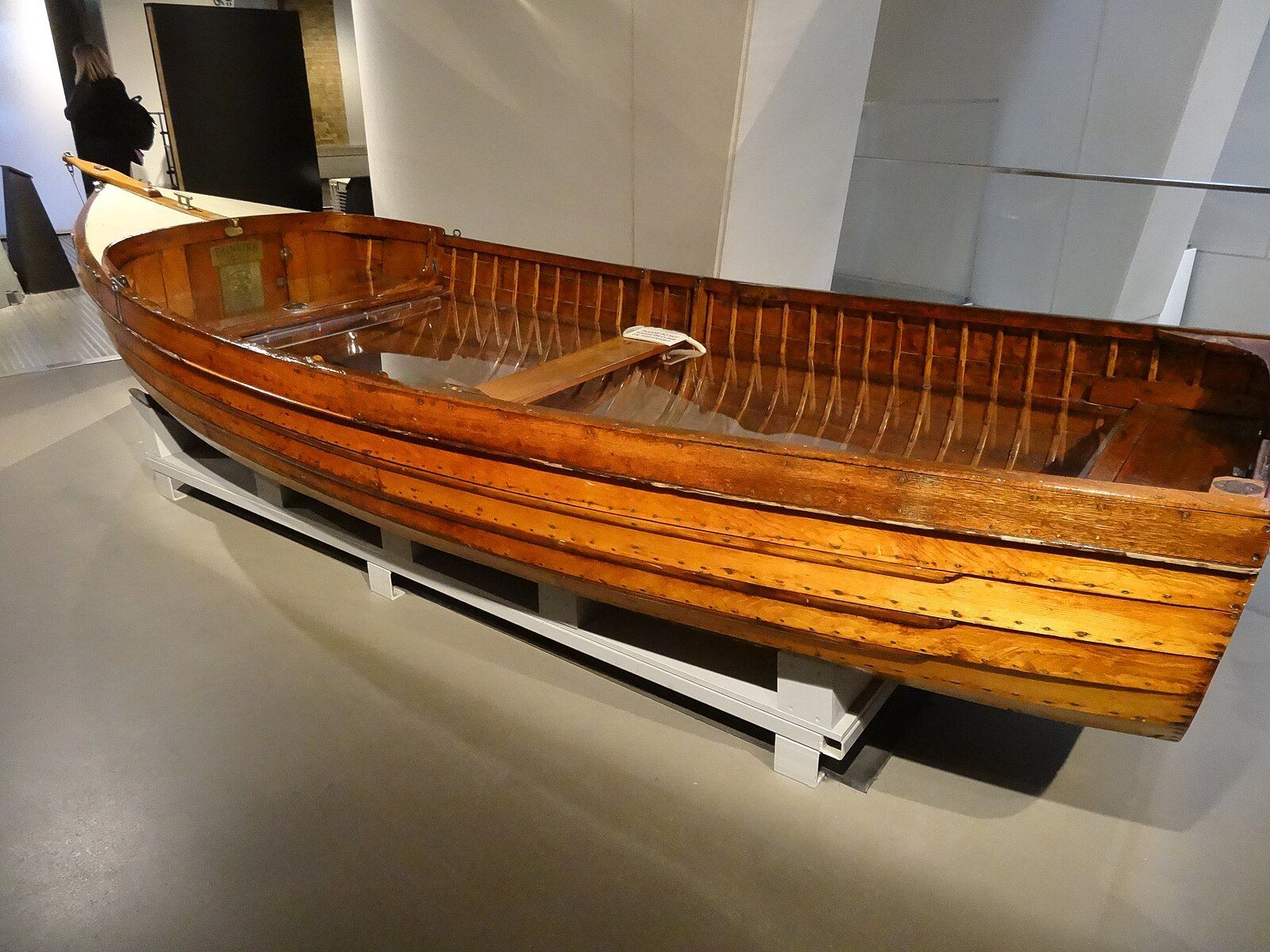Emily Louisa Brown starts school in 1880

On Monday 19 April 1880, Emily Louisa Brown started her first day at school.
She walked from her home at 45 St Alban's Street to Walnut Tree Walk School, which was just a few yards away round the corner in the neighbouring street. She was 5 years and 10 days old.
45 St Alban's Street was a two-storey house and the Brown family occupied one floor, with the Apps family living in the other half of the house. Both Emily's father, Benjamin, and Maynard Apps worked as carmen, possibly for the nearby Bethlem Lunatic Asylum (now the Imperial War Museum). Maynard's wife, Caroline, worked – probably from home – making artificial flowers.
On the day that Emily first went to school, she left her younger sisters, Sarah and Mary Ann, at her home with their mother, and joined Alfred and Arthur Apps (7 and 5 years old) at school. There were children of a similar age in every house in the street so she must have already known many of her fellow pupils. Four months later, on 19 August 1880, she was joined at school by her sister, Sarah Maria, who was then just a few weeks away from her fourth birthday.
The school was a typical three-storey building built in red brick, similar to many others built by the School Board in London. In most such schools, the youngest children were taught on the ground floor and the top two floors were used by the older boys and girls. There were estimated to be about 100,000 poor working-class children in London at the time that the Board was set up in 1870 and it was hoped to create enough school places for them. Although schooling was not compulsory nationally until 1880, the London School Board passed a by-law in 1871 requiring parents to send their children to school between the ages of five and thirteen. The Board aimed to provide modern, high-quality schools and it was partly due to the provision of such schools that by the end of the 1880s, there were school places in London for more than 350,000 children.
Nationally, the curriculum for the teaching in schools could be quite narrow. The government's requirements very much focussed on the traditional 'three Rs', but the London Board attempted a more liberal standard of education and included elementary science, history, singing, geometry (for boys) and needlework (for girls) amongst those subjects taught.
After leaving school, Emily put her needlework skills to good use and worked as a mantle maker, sewing women's outer garments similar to a cape.
(photo shows the school logbook entry for Emily's school admission)
